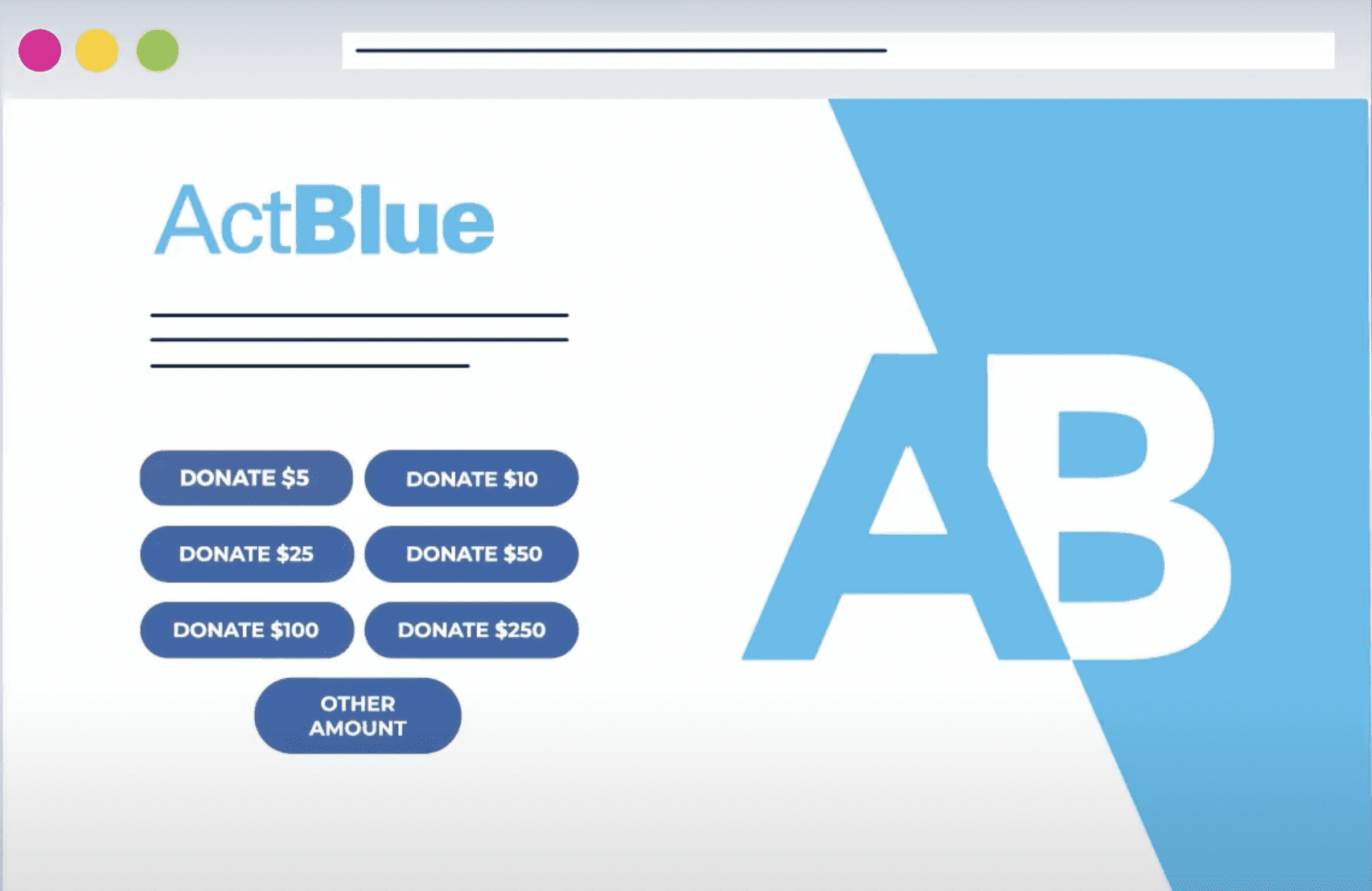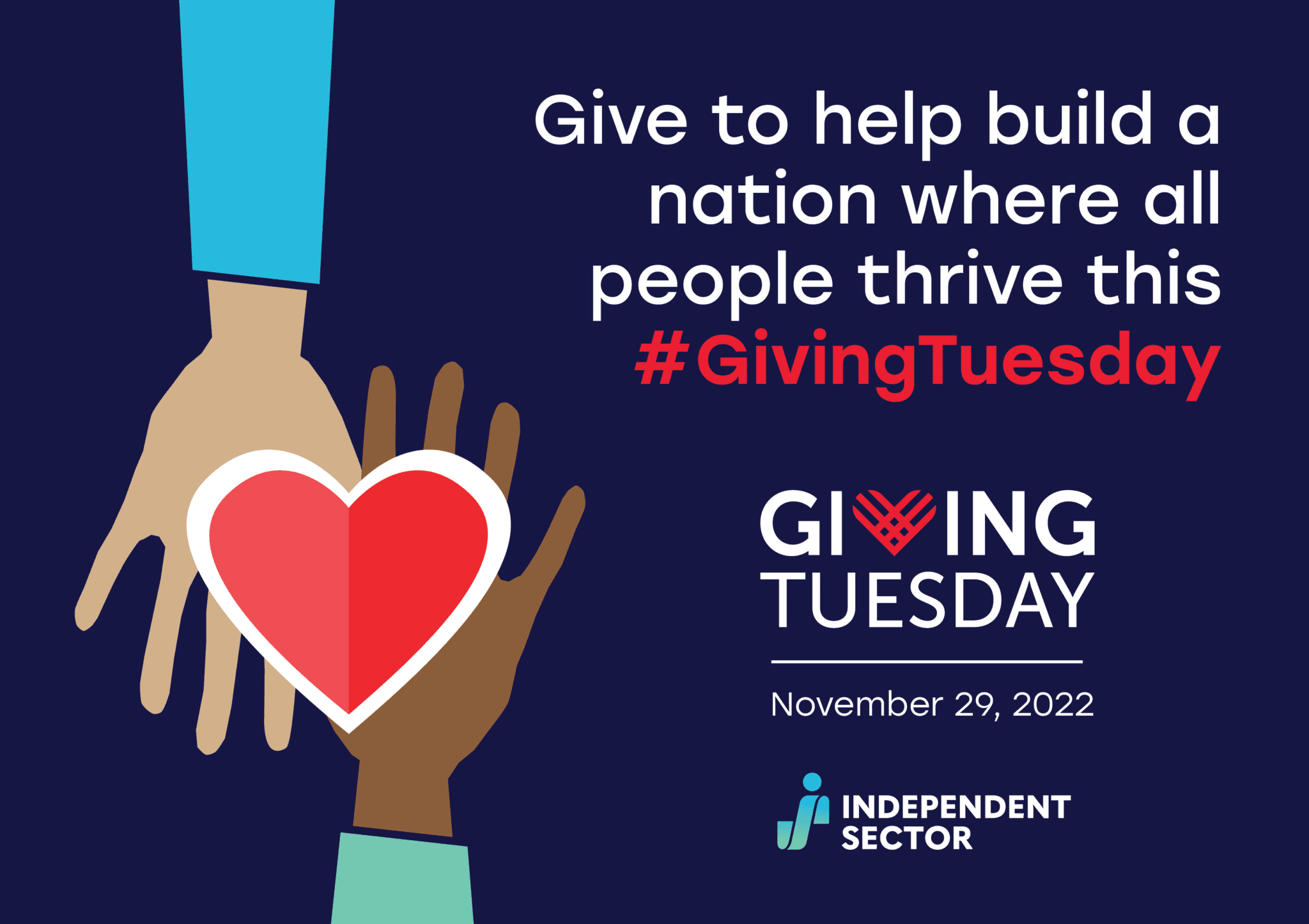Jessica Thomasson, CEO of Lutheran Social Services of North Dakota, attended Our Common Future in Detroit, and has been ruminating on the tech-focused breakout sessions she participated in ever since.
Jessica is on board to attend Upswell and looking forward to the data and technology tracks being planned. You can connect with Jessica at Upswell, but until then, learn more about her organization and how they’re incorporating technology to better meet their mission to serve kids and families in the justice system.

Jessica Thomasson, CEO, Lutheran Social Services of North Dakota
Q: Briefly describe your organization and the community you serve.
JT: We are a statewide agency, serving all of North Dakota. We meet people when they are at a fork in the road in their lives, and walk with them to find a way forward. We work with kids and families in the juvenile justice system, and young children who have experienced abuse and trauma. We work with older adults with health needs, people who need an affordable and safe place to live, and resettlement of refugee families.
Q: What is your organization’s current view on how technology can help you do your work?
JT: Technology is something I’ve been thinking about a lot since Our Common Future. The conference helped give me some language about the transformation I’m trying to navigate. Tech really is at the center of enabling what our work is going to look like going forward.
Q: Can you describe your organization’s process for implementing new technology?
JT: There are probably three phases to our integration strategy: the first is to facilitate integration for employees and stakeholders. Once we have the platforms running smoothly, we can transition to the second phase of bringing the technology to our clients and our employees out in the field. The final point is analyzing and learning from data, which will enable us to have visualization and data analytics available to staff. This isn’t necessarily in their wheelhouse right now, and will be a real driver of their work. In fact, even in these early stages it’s already changing how our teams are able to visualize their work. We don’t have extra hands to get this work done, so we really have to integrate data work into our existing processes. We need to use the systems we have to help us.
Q: With all of the technology available and more coming out every day, what’s one tool your organization has adopted to date that has served you best?
JT: It’s simple, but the core technology we bought into wholeheartedly is Office365 – we’re thinking about how to have that platform enable us to do the things we need to do. We are trying to shift to a more horizontal structure, utilizing networks instead of being just top down. We’re interested in being an organization that functions as a “team of teams.” We have 320 staff across the state, a lot of whom work in isolated regions and need to be able to connect. Our challenge is making it simple enough and integrated enough to have it be a facilitator rather than a barrier.
Q: Typically, there are three potential barriers to using tech for impact: financial costs, time for adjusting implementation, and lack of leadership support. How has your organization overcome these barriers?
JT: The biggest hurdle we have is finding venture investments. In the sector, you’re really investing for mission impact, more than traditional return on investment. Without having a dedicated up-front investor, it takes longer. But we are finding ways to get it done by taking the steps we need to take.
Q: Do you have any final thoughts about using technology for nonprofits similar to yours?
JT: I think one of the greatest opportunities is the fairly robust platforms out there now. You can focus on figuring out what to do to make it work for your organization, rather than having to create an application specific to your own work, which we had to do previously.
For me, another one of the drivers for this move to an online, collaborative work space is not losing momentum or knowledge when we have turn over. This can help strengthen our work so that when someone leaves an organization, you won’t miss a beat.



